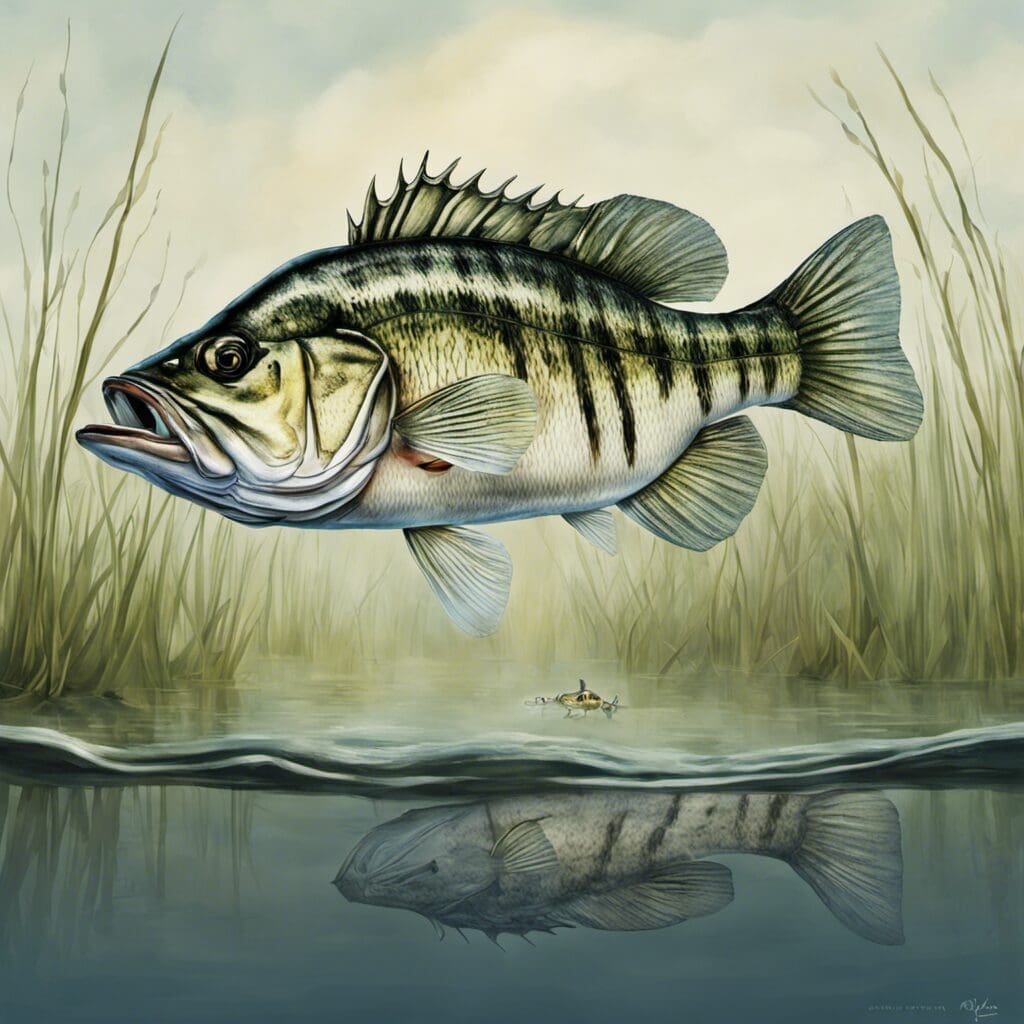Introduction
The Suwannee Bass (Micropterus notius) is a member of the Sunfish family (Centrarchidae). This small, dark-colored bass is endemic to the freshwaters of Florida and Georgia, USA.
Conservation Status
The Suwannee Bass is currently listed as a Near Threatened species by the Florida Fish and Wildlife Conservation Commission. Conservation efforts include habitat preservation, regulations on fishing practices, and species monitoring.
Statistics
| Length (Average) | Length (Range) | Weight (Average) | Weight (Range) | Average Lifespan |
|---|---|---|---|---|
| 12 Inches | 8 - 16 Inches | 1.25 Pounds | 0.5 – 2 Pounds | 5 – 7 Years |
Distribution
Suwannee Bass are found in rivers and their tributaries in the Suwannee and Ochlockonee River systems of Florida and Georgia. They do not have any significant migration patterns.
Habitats
Suwannee Bass inhabit freshwaters with slow to moderate current including rivers, streams, and reservoirs. They are typically found at depths of less than 20 feet, often hiding among submerged tree roots, fallen logs, or rock ledges. The temperature range of their habitat is around 10-24 degrees Celcius.
When and Where to See
The best time to see Suwannee Bass is during their peak spawning season in the spring between the months of February and April. They are also fairly active during early morning and late afternoon.
Best Fishing Locations
The top fishing locations for Suwannee Bass include:
1. Suwannee River, Florida
2. Ochlockonee River, Georgia
3. Santa Fe River, Florida
4. Ichetucknee River, Florida
5. Wacissa River, Florida
6. Wakulla River, Florida
7. St. Marks River, Florida
8. Aucilla River, Florida
Fishing near submerged tree roots, fallen logs, or rock ledges can usually yield positive results due to the species’ habitat preferences.
How to Catch
The preferred bait for Suwannee Bass are crayfish and small fish such as shiners. Spinning and fly fishing with artificial lures resembling these baits can often be successful. The best time of day for fishing is early morning or late afternoon.
Identification Guide
Suwannee Bass tend to be deep bodied with dark olive to black coloration on top, fading to a lighter shade on the sides and belly. They have a prominent black lateral stripe and the rear parts of their fins usually have a turquoise hue.
Culinary
Suwannee Bass have a mild flavor and a firm texture. They can be grilled, fried, or baked and are often served with a simple seasoning of salt, pepper, and lemon juice.
Additional Information
Suwannee Bass are solitary fish with a territorial nature. They are voracious predators feeding primarily on smaller fishes, crayfish, and insects. They mate in the spring, building their nests in shallower waters.
References and Further Reading
For further information, check out the following resources:
1. Florida Fish and Wildlife Conservation Commission
2. Fishbase
3. Florida Bass Fishing Guide

